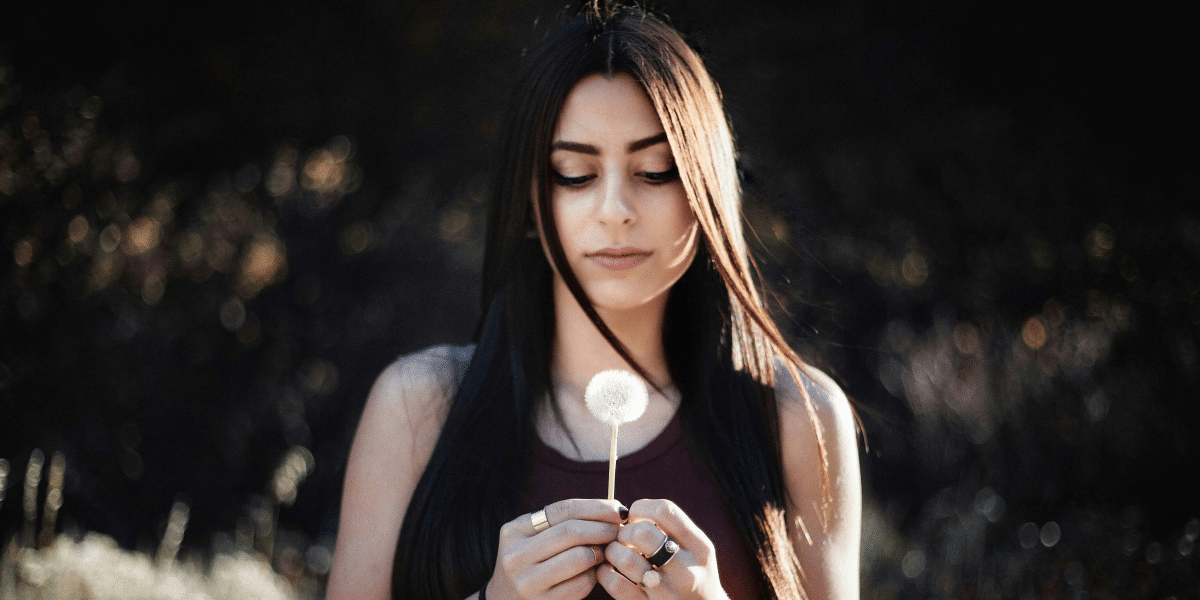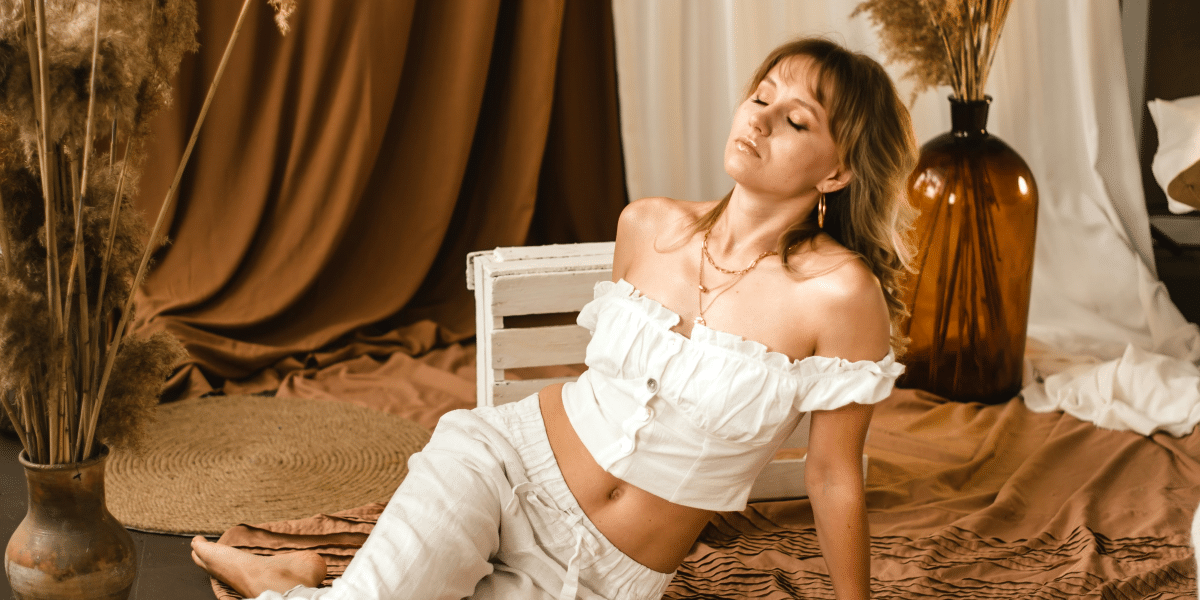Understanding the Color Wheel
At the heart of color theory is the color wheel, a visual tool that illustrates the connections between different colors. Think of it like a pie chart, but instead of slices representing data, they represent hues. The most basic of these are the primary colors: red, yellow, and blue. These are the building blocks, the colors you can’t create by mixing others.
Now, imagine taking two primary colors and blending them. This creates secondary colors: green (from blue and yellow), orange (from red and yellow), and purple (from red and blue). These are a step further on the wheel, offering more variety to the artist’s palette. But the color wheel doesn’t stop there. We can go even deeper by mixing a primary and secondary color, resulting in tertiary colors. These colors, like red-orange or blue-green, offer even more subtle variations and expand the artist’s range of expression.
The beauty of the color wheel is that it not only shows us the different hues but also their relationships. Colors that sit opposite each other are called complementary colors, like red and green or blue and orange. These pairings create strong contrast and visual energy in a painting. On the other hand, colors that sit next to each other are analogous, such as blue, blue-green, and green. These create a sense of harmony and flow. The color wheel even reveals triadic colors, which are three colors evenly spaced around the circle. These triads, like red, yellow, and blue, offer vibrant and balanced combinations. By understanding these relationships, artists can make informed decisions about their color choices, creating paintings that are not only visually appealing but also emotionally impactful.
Creating Harmony and Contrast
Color harmony refers to the pleasing arrangement of colors in a composition. Artists can achieve color harmony by using analogous colors or complementary colors. Analogous color schemes create a sense of unity and calmness, while complementary color schemes create visual contrast and energy. The strategic use of color harmony can create a visually balanced and aesthetically pleasing painting.
Color contrast, on the other hand, is the difference between colors. It can be achieved through differences in hue, value (lightness or darkness), or saturation (intensity). High contrast can create a dynamic and visually striking effect, while low contrast can create a more subtle and harmonious effect. Artists can use color contrast to emphasize certain elements, create focal points, and add depth and dimension to their paintings.
Colors have the power to evoke specific emotions and create different moods in paintings. Warm colors like red, orange, and yellow are associated with warmth, energy, and excitement. Cool colors like blue, green, and purple are associated with calmness, peace, and tranquility. By understanding the psychological effects of colors, artists can strategically use them to create specific emotional responses in viewers.
Color Theory in Practice
Famous artists throughout history have masterfully used color theory to create iconic works of art. Vincent van Gogh’s “Starry Night” is a prime example of using complementary colors (blue and yellow) to create a visually stunning and emotionally evocative painting. Claude Monet’s “Impression, Sunrise” demonstrates the use of analogous colors (blues, greens, and yellows) to create a harmonious and serene atmosphere.
Color theory is a vast and complex subject with endless possibilities for exploration. By understanding the basic principles of color theory, artists can unlock a world of creative expression and create paintings that resonate with viewers on a deeper level.












